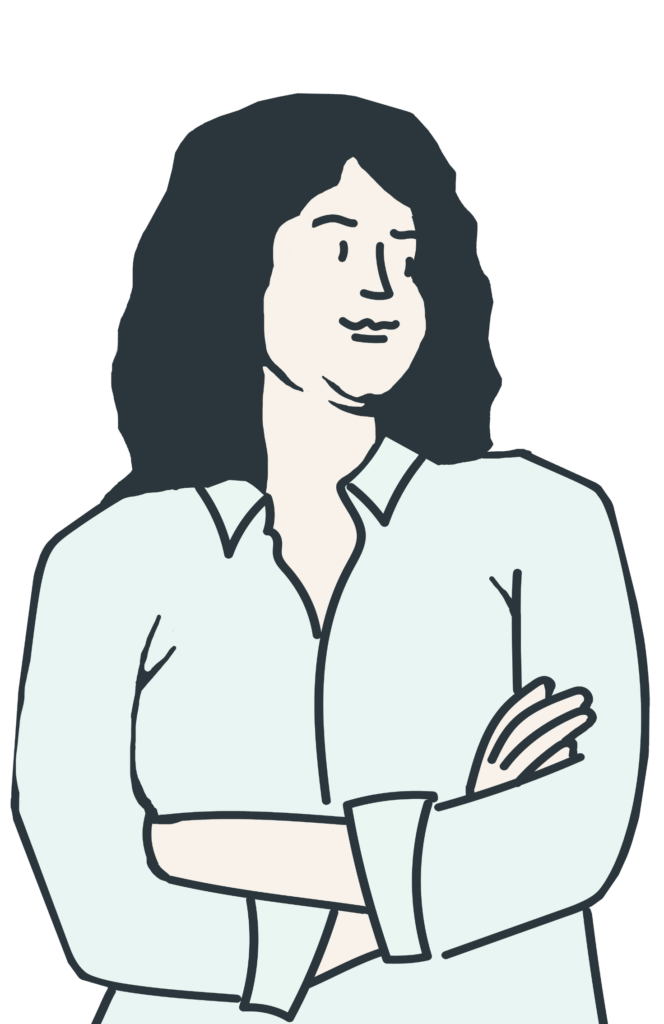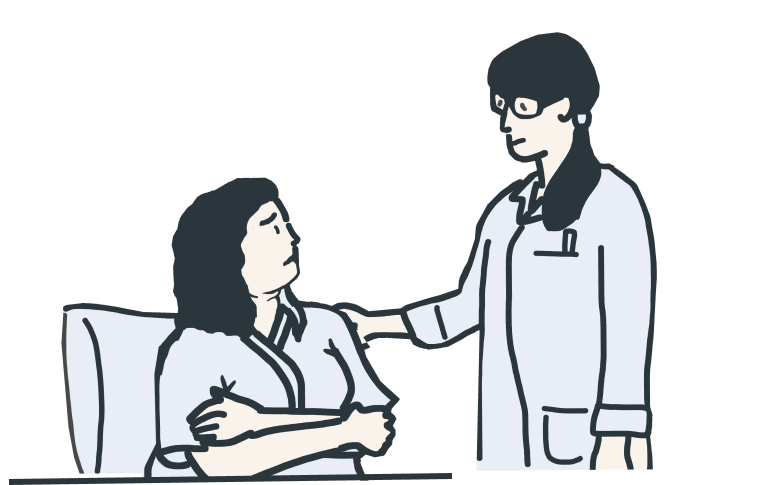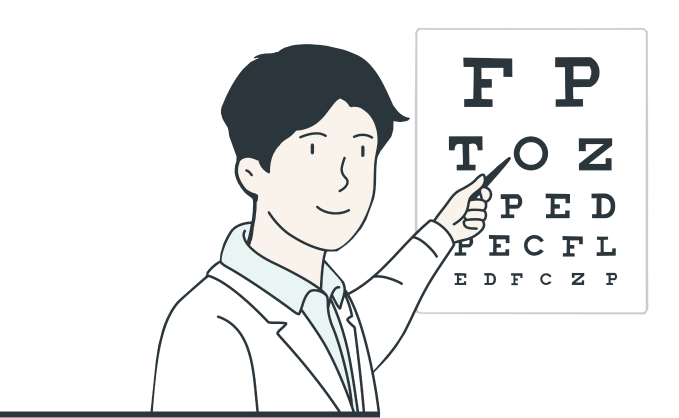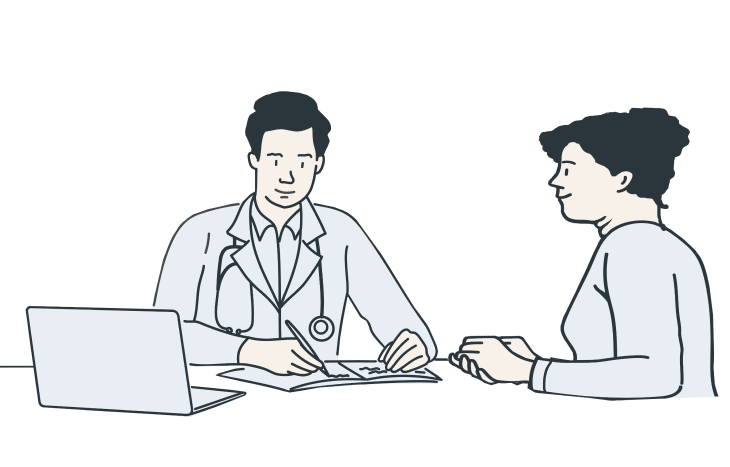To provide the best experiences, we use technologies like cookies to store and/or access device information. Consenting to these technologies will allow us to process data such as browsing behavior or unique IDs on this site. Not consenting or withdrawing consent, may adversely affect certain features and functions.
The technical storage or access is strictly necessary for the legitimate purpose of enabling the use of a specific service explicitly requested by the subscriber or user, or for the sole purpose of carrying out the transmission of a communication over an electronic communications network.
The technical storage or access is necessary for the legitimate purpose of storing preferences that are not requested by the subscriber or user.
The technical storage or access that is used exclusively for statistical purposes.
The technical storage or access that is used exclusively for anonymous statistical purposes. Without a subpoena, voluntary compliance on the part of your Internet Service Provider, or additional records from a third party, information stored or retrieved for this purpose alone cannot usually be used to identify you.
The technical storage or access is required to create user profiles to send advertising, or to track the user on a website or across several websites for similar marketing purposes.





All my life I have been extremely diligent about going to the doctor and getting routine exams including my eyes. I always knew that my yearly eye exams were important since my mother had to have glaucoma surgery when she was in her early 30s and therefore, I was predisposed. In the early 200s I was diagnosed with severe anxiety and over the years my doctors and I had to try to find a medication that would work well for me, which, thankfully we have. (Knowing all this will become apparent soon enough.) Also, I have been diagnosed with hypothyroidism that is controlled thanks to Levothyroxine and checking my levels every 6 months. As I have gotten older, I have been diagnosed with high blood pressure and high cholesterol for which I take medication. I will go on record right now and say that the phlebotomist is my best friend since we have to have bloodwork done to ensure that all the standard labs stay normal. I HATE NEEDLES!
On top of the above, I suffer from migraines. I started to develop severe migraines in my late 20s and began through trial and error to find the medication which would help me with my migraines. My doctor and I finally settled on Topomax in part due to the fact that some of the medications used to treat migraines are also used for anxiety, to which I did not do well on. Topomax worked well for me for years with adjustments here and there until we reached 200m mg daily. I would also take something for the breakthrough migraines. It all worked well, until it didn’t. As I got older, now I am in my 40s, I started to get bleeding gums that would not resolve. Eventually it was determined that the Topomax was the cause of it. Luckily for me, my neurologist and I had been discussing switching the Topomax to a once-a-month autoinjector like Aimovig.
What is important here is that with my migraines, I would get trigger point migraines in my neck. Now, as my husband had been commuting for almost 5 years 100 miles one way daily, we decided it was better to move. I had been the only parent in charge of 3 children who were getting older and doing things. We decide to build our dream house in early 2020. My husband and I get the ball rolling on building our house which would be done by July or August 2020. Yep, you guessed it, COVID it.
When COVID hit, for most it felt like everything had stopped. For me, it was just beginning. We moved into our new house in late July 2020, and I had established myself with new doctors close by. I had been due for an eye exam, but waited until we had moved so that my new ophthalmologist had a baseline. Unbeknownst to me I did not realize that this would be the beginning of my journey with IIH.
The ophthalmologist was the second doctor I saw after moving, my PCP being the first since having my medication was important. I couldn’t risk not having my high blood pressure, cholesterol, anxiety or thyroid medication. The week after my ophthalmologist I was seeing a specialist for my migraines.
When I saw the ophthalmologist, she was extremely thorough with her exam since I was a new patient. My previous ophthalmologist had never sent any of my old photos of my eyes, so she had nothing to compare what she had too, however, what she found was disturbing to her. The optic nerves were severely swollen, and there was no mistaking the severity of the swelling. She told me what she thought it was, but only a specialist could verify. I told her that I had an appointment in a few days ironically with a specialist for my migraines, and she told me to tell them that she thinks I have idiopathic intracranial hypertension based on the swelling in the optic nerves. At this point she said she did not want to prescribe me new glasses because she knew that the vision was going to change.
My first meeting with the new migraine specialist was interesting. When I told her what my ophthalmologist suspected she immediately put a referral to a neurosurgeon she had worked with before that handled IIH. She said that she had to agree with the diagnosis made by my ophthalmologist. In fact, she said since I had never had a CT or MRI performed of the brain she was going to go ahead and request that as well. She was suspicious that some of the “classic migraine symptoms” I have had were in fact, IIH symptoms. She knew I needed to come off of Topomax since I was now at 200mg, and it wasn’t helping me anymore. So, we initiate the protocol for a Topomax wean all while the appointments for my IIH is pending insurance approval.
Luckily for me, the insurance had approved everything rather quickly. I had an appointment with the neurosurgeon 2 weeks following my migraine specialist. My CT scan was performed a week after seeing the neurosurgeon. In the meantime, the wean off of Topomax had taken place, and I was put on Aimovig.
The meeting with the neurosurgeon was an eye opener. He was straight to the point about everything. He explained that he did think I had IIH and that the Topomax had been keeping it at bay until it stopped being effective on my body. Thus, it affected the optic nerves. Since I suffered from migraines as well, learning the difference between a migraine and an IIH flare was going to be critical for me and I HAD to track them. He warned me that it would be difficult at first, but over time I would know. In fact, he said, the biggest giveaway for me would be the tinnitus I had. He wanted to see what the CT scan showed, and then take it from there as to what my next steps would be. In the meantime, I was to continue following up with my ophthalmologist every couple of months.
My neurosurgeon started me on Diamox for the IIH and I had to have routine bloodwork. He also placed me on sodium bicarbonate since he knew that the Diamox could be harsh on the stomach. I had my first round of labs a month after starting Diamox. During this month I had the CT scan which indicated that I had IIH. My labs showed a high BUN/creatine level. We did one more month on Diamox and my labs still showed an elevated BUN/creatine level. I had to come off the Diamox for the sake of my kidneys. My eyes had no change as well.
Welcome back Topomax! Unfortunately, the medicine of choice was no longer NOT an option for me. I had to have it. The hope was that the Topomax would help the IIH since the underlying suspicion was that it had been Topomax all along controlling the IIH. My neurosurgeon also in the meantime, scheduled a guided lumbar puncture (LP) to confirm the diagnosis we all knew. Also, he was hoping that the LP would lessen some of the symptoms. I was to also continue to follow-up with my ophthalmologist and my neurosurgeon would see me after my LP.
Day of the LP arrives. My husband takes me to the hospital for it and waits for me. The technician performing the LP was awesome. He ended up pulling a significant amount of cerebrospinal fluid (CSF) off of me. He said he literally had not seen someone with this much excess CSF before and wondered if I knew what it meant. I told him that I did, it was the reason my neurosurgeon sent me. I indicated that this was the definitive way to confirm that I did indeed have IIH.
I was symptom free of migraines and IIH for about 2 weeks following the lumbar puncture, but it did not last. By the time I returned to my neurosurgeon the symptoms had returned, but he did say that the lumbar puncture was definitive for IIH. He wanted to continue conservative measures for as long as possible and I agreed. He did tell me if I start to notice a sudden vision change that it could mean that I had to have a shunt placed and time would be of the essence in saving my vision. I would just continue to follow-up with him and the ophthalmologist.
By late February 2021 there had been little change in the optic nerves. I cannot recall why, but my neurosurgeon and I had decided on a cerebral angiogram in lieu of a shunt and went ahead and scheduled it. Unfortunately, while waiting for the date of the angiogram my vision deteriorated significantly. I had lost peripheral vision in both eyes, and it was occasionally blurry. I knew what that meant and called my neurosurgeon and told him that I wanted to cancel the angiogram and go ahead with the shunt and why. Within a week of seeing him, I had surgery scheduled for placement of my shunt.
In April 2021, the shunt was successfully placed. Follow-up with the neurosurgeon continued, along with my ophthalmologist. In fact, I saw her in late May 2021, and she indicated that the optic nerves were already looking better than they had. My neurosurgeon slowly weaned me off the Topomax. My specialist for my migraines continued to see me as well since the shunt did not help with them. The Aimovig was working, and she was pleased with how far I had come with the IIH in such a short time.
September 2021 the ophthalmologist said that she could definitively say that the optic nerves were 95% healed, and I had told my neurosurgeon as well. We had performed a shunt adjustment in the office early on, but since then I had no symptoms.
In less than a year my neurosurgeon said that he was releasing me from his care and that I could come in any time I warranted a shunt adjustment. Should the IIH rear its ugly head again to call him, especially since it had impacted my optic nerves.
Today I am IIH symptom free. I have been living with my shunt now since April 2021, and do not take medication either. While I still suffer from migraines, they too are not as bad. During this trying time with my IIH, I learned a lot about myself and about how precious life is. I knew when the vision started to go that I had to do something since there would be no reversing the blindness once it set in.
While I don’t know what the future holds for me and my IIH, all I know is that I take these moments and thank God for them. I try to live a healthier lifestyle, and have taken to working out 3 days a week. I have been with a nutritionist for almost 3 years now as well. We have seen some up and down fluctuations in my weight, but I am by far healthier and fitter than I was 3 years ago. My medications that I still do take for my blood pressure do have side effects and so I am caught in a catch 22. In the end, we all have indicated that while losing weight would be nice, the fact that we avoid medications that could potentially affect my migraines or trigger the IIH is more important.
I know that I won’t give up my nutritionist or my fitness instructor since they are to me non-negotiables in helping to maintain a healthier lifestyle.